The route to Himlung includes technical sections requiring mountaineering skills such as fixed rope climbing and ice axe use. This adventure demands physical fitness, endurance, and proper acclimatization due to the high altitude and challenging weather conditions. Successful climbers are rewarded with breathtaking panoramas of the entire Manaslu range and beyond, including views of the Tibetan Plateau to the north. This expedition made this journey memorable yet physically demanding for mountaineers seeking both adventure and solitude in the Himalayas.
Departs from Kathmandu, Nepal
Overview:
Himlung Himal is one of the new mountains for climbing in the Himalayas. It lies between the Manaslu and Annapurna ranges. Himlung Expedition takes you through remote villages of Nepal towards the mountain. Formerly a restricted area, Nepal Government opened it just in 1992 so it is a fairly new mountain for the expedition.
This is an expedition that embraces diversity in natural serenity and fascinating culture. Evergreen forests, views of snow-capped peaks, natural springs and rocky gorges accompany you as you trek towards the mountain. As you trek towards the Himlung Himal Mountain for climbing, you will follow the Annapurna Circuit Trek route. The trekking adventure takes you closer to the unique and timeless culture of the mountains.
The Himlung Expedition goes into the Annapurna range via Koto all the way to Nar-Phu Gaon. The trail along the Phu River is a different experience as the immaculate blend of the natural beauty is truly a sight to see. The adventure starts with a picturesque drive to Besisahar where you will remain overnight. The following day you will travel in a local jeep for about 6 hours to reach Koto (2600m/8,530ft). From Koto, it is a 5-day trek to the Himlung Himal base camp (4850m/15,912ft).
The trail moves in the direction of the East and goes through Dharamsala, Meta, Kyang and Phugaon, which is the oldest and largest Buddhist settlement in the area. The base camp (4900m) is in a subalpine zone full of pristine forests and other pleasures of nature. Three high camps will be set up to reach the peak of the mountain. Camp I at the height of 5450m, Camp II at 6000m and Camp III at 6350m. The accommodation in the base camp will be comfortable and a different experience to your expedition.
This expedition brings an awesome climbing adventure experience.
Reasons Himlung Expedition becomes an Experience
Nepal Climbing Adventure always strives to offer an adventure traveling experience that you can cherish. While the Himlung Expedition is beautiful in its all essence, your experience of trekking there becomes even more beautiful with us.
By the time we take you to the himlung base camp trek and bring you back, we will take one step ahead to offer you a beautiful experience. We keep your safety and happiness is our top priority and you will experience the same during the trip.
Going on an expedition to Himlung with us is traveling in safe hands.
Himlung Himal Expedition Cost:
The himlung himal expedition cost can vary significantly depending on several factors. Typically, an expedition cost includes permits, logistics, equipment, guides, porters, and support staff. Permits alone can be quite expensive, often ranging from several thousand to tens of thousands of dollars depending on the season and the number of climbers. Logistics such as transportation to the base camp, food, and accommodation during the expedition also contribute to the cost. Climbers need specialized equipment suitable for high-altitude climbing, which can include clothing, tents, climbing gear, and communication devices, adding to the overall expense. Guides and support staff, essential for Himlung Expedition Safety and navigation in the challenging terrain, are another significant cost.
Porters are often hired to carry gear and supplies between camps, especially at higher altitudes where conditions are harsher. Additionally, there are miscellaneous costs such as insurance, medical supplies, and emergency evacuation plans that climbers must budget for. The overall cost for the Himlung expedition can range from approximately $20,000 to $40,000 per person, depending on the expedition's duration, level of support, and the specific logistics and services included. Climbers are advised to carefully consider all these factors and plan accordingly to ensure a safe and successful expedition to Himlung, a challenging and remote peak in the Nepalese Himalayas.
How Difficult is Himlung Himal Expedition?
The himlung expedition difficulty level presents a challenging endeavor for mountaineers due to its demanding terrain and high altitude. Situated in the Nepal Himalayas, Himlung stands at approximately 7,126 meters (23,379 feet) above sea level. The Himlung Expedition Preparation requires a high level of physical fitness, as climbers face extreme weather conditions, including freezing temperatures and strong winds. The route to Himlung involves navigating through rugged landscapes, steep slopes, and potentially hazardous crevasses. Climbers often encounter technical sections that require proficiency in ice climbing and mountaineering skills.
The ascent typically involves establishing multiple high-altitude camps to acclimatize and gradually progress toward the summit. One of the primary challenges of the Himlung Expedition is the altitude itself, which poses risks such as altitude sickness and oxygen deprivation. Climbers must carefully manage their ascent to avoid these dangers, often using supplemental oxygen and adhering to a slow acclimatization schedule. The remoteness of the region adds another layer of difficulty, as access to medical facilities and emergency rescue services can be limited.
Because of Himlung Himal difficulty, this Expedition required careful logistical planning, including organizing supplies, equipment, and support staff such as Sherpas and porters. Successful ascents of Himlung are celebrated achievements in the mountaineering community, requiring determination, resilience, and a deep respect for the challenges posed by high-altitude climbing. Despite its difficulties, the expedition offers breathtaking views of the surrounding Himalayan peaks and a profound sense of accomplishment to those who reach its summit.
Facts About Himlung Himal Expedition:
The Himlung Himal Expedition offers adventurers a challenging yet rewarding experience in the Nepalese Himalayas. Standing at an impressive 7,126 meters (23,379 feet) above sea level, it is located in the remote Manaslu region of Nepal. This peak attracts climbers seeking a less crowded alternative to more famous summits like Everest and Annapurna. The Himlung Himal Trek begins with a through picturesque villages and rugged terrain, offering stunning views of the surrounding peaks. Climbers gradually acclimatize while navigating through diverse landscapes ranging from lush green forests to barren, icy slopes as they ascend toward the summit.
The route to Himlung includes technical sections requiring mountaineering skills such as fixed rope climbing and ice axe use. This adventure demands physical fitness, endurance, and proper acclimatization due to the high altitude and challenging weather conditions. Successful climbers are rewarded with breathtaking panoramas of the entire Manaslu range and beyond, including views of the Tibetan Plateau to the north. This expedition made this journey memorable yet physically demanding for mountaineers seeking both adventure and solitude in the Himalayas.
Best Time for Himlung Himal Expedition:
The Himlung Climbing Season is typically during the spring (April to May) and autumn (September to October). These months offer the most stable weather conditions, with clear skies and mild temperatures, ideal for mountaineering. During spring, the weather begins to warm up after winter, and the days are longer, providing ample daylight for climbing and enjoying the breathtaking Himalayan vistas. Autumn brings crisp, clear days with stable weather patterns, making it another favorable season for expeditions.
In spring, climbers can experience blooming rhododendron forests along lower altitudes, adding a splash of color to the landscape. The temperatures gradually increase as you ascend, creating comfortable conditions for Himlung Himal Trekking and climbing higher peaks. The views of snow-capped peaks against the blue sky are particularly stunning during this time. Autumn is known for its post-monsoon clarity, offering excellent visibility of the surrounding peaks and valleys. During the Spring season, Himlung Weather is typically dry and stable, reducing the risk of precipitation and avalanches. The crisp air and cooler temperatures at higher elevations create optimal conditions for climbing, allowing expeditions to proceed smoothly.
Both seasons attract mountaineers seeking to Himlung Himal Summit, a technically challenging peak in the Nepalese Himalayas. The expedition usually involves acclimatization periods, strategic ascent routes, and the use of base camps at various altitudes. Experienced guides and support teams are essential for navigating the terrain and ensuring safety throughout the climb. Choosing between spring and autumn depends on personal preferences and scheduling, but either time offers an unforgettable adventure amidst the towering peaks and pristine landscapes of the Himalayas.
Food & Accommodation During the Expedition:
Food and accommodation are essential for climbers during this Expedition. These high-altitude expeditions require carefully planned meals to meet nutritional needs and maintain energy levels. Expedition teams often rely on portable, lightweight food that is high in calories and easy to prepare at base camps and higher altitudes where cooking facilities may be limited. Common food choices include freeze-dried meals, energy bars, nuts, and dried fruits, which provide essential nutrients and energy for strenuous climbs.
The type of accommodation provided during this Expedition depends on the Himlung Climbing Route and campsites selected by the expedition organizers. At lower altitudes, base camps are set up with more substantial shelter and facilities, including tents or temporary structures. As climbers go higher, the accommodations become more basic, typically high-altitude tents that are specially designed to withstand extreme weather conditions. These tents are insulated to keep climbers warm and provide a safe place for rest and recovery between climbs.
At Himlung High Camps, the emphasis is on practicality rather than luxury when it comes to accommodation. The main priority is to provide warmth and protection from the elements. Climbers need sleeping bags that can withstand extreme temperatures and insulated sleeping pads to ensure they can rest and recover properly before attempting to reach the summit. Expedition teams usually bring portable stoves to melt snow into water, which is vital for staying hydrated and cooking meals.
The success and safety of climbers during this Expedition depend on the careful planning of food supplies and functional accommodations. These factors are crucial in providing climbers with the energy and rest they need to overcome the challenges of high-altitude climbing. Additionally, they help minimize environmental impact and preserve the natural beauty of the Himalayas.
Permits Required for Himlung Himal Expedition:
Himlung Climbing Permit is essential due to the region's controlled access and environmental sensitivity. Situated in the Nar Phu Valley of Nepal, Himlung Himal stands at 7,126 meters (23,379 feet), attracting climbers for its challenging ascent and stunning views. To undertake this expedition, climbers must obtain several permits. The Trekking Information Management System (TIMS) card is required for all trekkers in Nepal, ensuring safety and tracking in the region. Additionally, a Restricted Area Permit (RAP) is mandatory for the Nar Phu Valley, where Himlung Himal is located. This permit restricts access to preserve the local culture and environment, requiring climbers to go through a registered trekking agency to obtain it.
For climbing Himlung itself, a Climbing Permit from the Nepal Mountaineering Association (NMA) is necessary. This permit not only authorizes the climb but also includes provisions for rescue services and environmental conservation fees. The NMA issues these permits upon verification of a climbing itinerary, team composition, and adherence to safety guidelines. Environmental considerations are paramount, with permits aimed at minimizing ecological impact. Climbers are expected to follow leave-no-trace principles, respecting local customs and contributing to sustainable tourism practices. The permits also support local communities by regulating tourism activities and ensuring fair distribution of benefits.
Training and Preparation for Himlung Expedition:
Training and preparation for a Himlung expedition are crucial for a safe and successful journey. Himlung is a challenging peak in the Nepal Himalayas, standing at 7,126 meters (23,380 feet) high. Before embarking on such an expedition, climbers typically undergo extensive physical training to build endurance and strength. This includes cardiovascular exercises, strength training for core muscles, and altitude acclimatization programs. Mental preparation is equally important, as climbers need to be mentally resilient to face the physical and psychological challenges of high-altitude mountaineering.
Technical skills such as ice climbing, glacier travel, and use of climbing equipment like crampons and ice axes are essential. Himlung Climbing Training often includes practicing rope techniques, crevasse rescue, and navigation in alpine terrain. Familiarity with high-altitude medical issues, such as recognizing symptoms of altitude sickness and understanding emergency procedures, is also crucial. Logistical preparation involves planning the route, organizing supplies, and understanding the weather patterns of the region. Expedition teams typically include experienced guides and support staff who manage logistics and provide guidance throughout the journey.
For climbers aiming to summit Himlung, a gradual ascent is recommended to allow for proper acclimatization and reduce the risk of altitude-related illnesses. This involves a series of camps at increasing altitudes, where climbers rest and adjust to the thinning air before attempting the summit push. Preparing for a Himlung expedition demands physical fitness, technical proficiency, mental resilience, and thorough logistical planning. Successful climbers combine these elements to navigate the challenges of one of Nepal's formidable peaks, ensuring a safe and rewarding mountaineering experience.
Expedition Profile
- Maximum Altitude: 7,126 m; 23,379 ft
- Location: Phu Region, Manang District (Latitude: 28° 46' 18'' N; Longitude: 84° 25' 29” E)
- Climb Grade: Strenuous
- Suitable Season: Autumn (September- November)
- Major Mountains: Ratna Chuli, Gyaji Khang, Nemjung, and others
- Major Flora-Fauna: Himalayan Blue sheep, Yak, Snow leopard, Mountain Hawk-eagle, Yarshagumba
Trip Profile
- Trip Duration: 33 days.
- Activities: Trekking and Mountaineering
- Walk per Day: 5-7 hours
- Meals: B/L/D (Full Board)
- Accommodation Type: Hotel/Teahouse/Camping
- Caravan Route: Koto - Meta - Kyang - Phu Gaon - Basecamp - Meta - Koto
Historical Highlight:
- 1992 – Osamu Hanai, Akio Koizumi, and Nima Sherpa made the first ascent of Himlung via a difficult route that involved crossing high passes.
- 2013 – Kari Kobler opened a new and comparatively safer route making Himlung an accessible mountain as it is now.
- 2017 – Paulo Grobel, a French mountaineer and Guide completed the first ever traverse of the Himlung Himal.
Why With Nepal Climbing Adventure?
- Founded by a team of professionals with a decade of experience in leading successful treks, peak climbing and expeditions.
- Led by experienced guides with years of trekking and climbing expertise.
- We place a higher value on the art of traditional climbing of magnificent peaks than pulling off a commercial show.
- Our guests are proud to be affiliated with an organization that values and protects the environment, in accordance with the principle of responsible tourism.
- Responsibility Towards Mountain Communities; we believe tourism should contribute to the host community, preserving the culture and environment.
What is included?
- Hotel / Airport pick up and drop by private tourist vehicle
- Accommodation in a standard hotel in Kathmandu with breakfast (as per itinerary)
- All road transfers by vehicle as per itinerary
- Expedition & climbing royalty fees
- Certified mountain guide with his daily wages and full insurance etc.
- Garbage disposal & management fees
- Government liaison officer with his/her wages, Insurance, transportation, etc.
- Conservation Area permits and all fees related to permits
- Summit route fixing
- Base Camp single dome tent per person
- Member tents in high camps (2 members: 1 tent)
- Accommodation & food in the tea houses on full board (B/L/D) during the trek
- Porters to carry trekking and expedition gear
- Climbing Sherpa 1:1 ratio to carry personal equipment and summit day
- Dining, kitchen, communication, store, toilet & shower tents at base camp
- Chef, cook assistant, helper, and base camp manager to take care of food, drink, and other necessary services
- Supplementary oxygen, Mask, regulators, etc. (Emergency Purpose Only: USD 500 per 4L bottle if use)
- Medical kit during the trip (Carried by Guide)
- High food for members and guides
- Satellite Phone for emergency cases (Charges Per Call)
- All government taxes, VAT, tourist service charges
- All official expenses
What is not included?
- Visa fee for the stay in Nepal.
- International airfare to and from Kathmandu
- Excess baggage charges
- Personal expenses (Internet, Beverages, Extra Meals, Communication, etc.)
- Extra night accommodation apart from the schedule due to any reasons.
- Meals in Kathmandu Travel and rescue insurance covering air evacuation, medical bills, and rescue
- Tips for Sherpa, Guides, & Porters
- Other services not listed in the "inclusion list"
There are a number of things that you need to keep in mind if you ever plan for your vacation. Because you want to make the most out of your limited time, it is truly a hectic job for you to find a trustworthy and experienced traveling companion. With Nepal Climbing, you have your problem solved already as we are one of the leading Trekking and Mountaineering organizations in Nepal and have been providing first class service in several travelling packages across the country for many years.
We prioritize your satisfaction and safety
At Nepal Climbing Adventure, our ultimate objective is to arrange the programs for you to make the most out of your valuable time. We value your satisfaction, adventure, amusement and safety. Regardless of whether you are searching for stunning perspectives along the trekking trails in Himalayan mountain range or widely acclaimed, heavenly attractions with developed societies, our exposure and experience in travel business will help you ensure your requirements are met.
We have professional staffs and service
We trust that extraordinary staff lead awesome administration. That is the reason we are collaborated with experienced and eager individuals. We possess authorized and government certified guides who are very much furnished with broad learning of Nepali communities and traditions. They additionally have familiar English speaking abilities and hierarchical capacities to encourage all types trekking groups.
Responsible Tourism and social values
We are endeavoring to lessen the effect of tourism by guaranteeing our staff are very much aware of ecological issues. We are doing our best to create less waste as could be expected under the circumstances and make a point to reclaim non-compostable wastes. We outline our itineraries and work in the field guided by the standards of ecotourism and reasonable tourism. Moreover, all our staff have been given ecological preparing and are extremely aware to the eco-system we enter. Additionally, we are adhering to sustainable assets of energy. Our guides will share you the social values, culture and religious harmony for better understanding the groups you visit.
Customizable Service
Our promise is to provide you with the travelling packages customizable according to your demand fulfilling your budget criteria. So, we can facilitate a minimum of 2 individuals with a personalized service at a reasonable cost.
It was great experience.
“It was great expirence. Everything was up to the mark. Excellent management by Nepal Climbing Adventure and their team.”
Gopal
Online Payment
Or
WIRE TRANSFER
Bank Details:
Account Holder's Name: Nepal Climbing Adventure Pvt. Ltd.
Bank Name: Himalayan Bank Ltd.
Account Number: 01907449340018
Account Type: USD
Address: Thamel, Kathmandu, Nepal
SWIFT CODE: HIMANPKA
For more detail contact us:
Krishna Subedi (Chris Chhetri): +977 9851076791 (24/7, Call/Viber/Watsapp)
We recommend our guests have a valid insurance policy before undertaking an adventure in Nepal Himalaya. During treks and expeditions, the insurance should cover for expenses such as air ambulance, helicopter rescue, and medical care. As an adventure operator, we (NCA), are not permitted to arrange or sell insurance packages here in Nepal as per the Government of Nepal.
Traveling in high altitudes requires excellent body conditions both physically and mentally. Despite being physically and mentally prepared one should have a deep understanding of the high-altitude health hazards and the understanding of the acclimatization process.
The geography and terrain in the mountains rise to high elevations. The climbers have to walk 5-7 hours every day which needs good preparation. We have to adapt to the changing terrain and the climate. The success of the expedition depends upon the preparation and physical well-being. Additionally, personal food and diet preferences, influential allergies and personal medications need to be discussed and communicated well with the guide.
Travel Insurance for Himlung Expedition
Travel insurance is essential for trekking to Himlung Expedition due to the remote location, high altitude, and potential risks involved. Here’s what to consider when arranging travel insurance:
Medical Coverage:
- Emergency Medical Expenses: Ensure the policy covers emergency medical treatment, including hospitalization and evacuation.
- Altitude Coverage: Verify that the insurance covers medical expenses related to altitude sickness, which is common on high-altitude treks.
Emergency Evacuation:
- Coverage for Evacuation: The policy should cover emergency evacuation by helicopter or other means in case of severe illness or injury.
Trip Cancellation or Interruption:
- Cancellation Coverage: This covers costs if you need to cancel the trek before departure due to unforeseen circumstances.
- Interruption Coverage: Covers costs if you need to cut short your trip due to an emergency.
Personal Accident:
- Accidental Death and Dismemberment: Coverage in case of serious injury or death.
Lost or Delayed Luggage:
- Coverage for Loss: Compensation for lost, stolen, or delayed luggage.
Travel Delays:
- Trip Delay Compensation: Coverage for additional expenses due to travel delays.
- Emergency Contact: Ensure you have emergency contact numbers for your insurance provider.
Travel Insurance:
- Ensure it covers medical emergencies, evacuation, trip cancellation, and personal accidents.
- Choose a policy specialized for trekking and high-altitude activities.
Recommended Gears and equipment:
We at Nepal Climbing Adventure recommend you following gear and equipment for climbing Himlung Himal
Climbing Gears
- Ice Axe with Leash
- Crampons
- Climbing Harness
- Carabiners
- Ascender (Jumar)
- Belay Device
- Prussiks
- Trekking Poles
- Helmet
Headwear
- Headlamp (min. 200 lumens) with sufficient batteries (Li-Ion batteries)
- Sunglasses (Polarized/ UV Protected)
- Woolen Cap
- Sunhat
- Buff Scarf
- Balaclava
Bodywear (Clothing/Layering)
- Down suit
- Down jacket
- Down pant
- Gore-Tex set \ Hardshell set
- Insulated mid-layer
- Fleece jacket
- Thermal set
- Quick dry (half and full-sleeved)
- T-shirts
- Trekking trousers
- Additionally as per necessity
Handwear
- Liner gloves
- Fleece gloves
- Expedition Gore-Tex gloves (heavy duty)
- Mittens
Footwear
- Trekking shoes
- Expedition climbing shoes (7000er series)
- Camp shoes/ slippers
- Gaiters
- Liner socks
- Woolen socks/ trekking socks
- Summit socks (7000er series)
Personal Kit
- Trekking backpack
- Expedition backpack
- Sleeping bag (-20? for base camp)
- Sleeping bag (-40? for climbing)
- Sleeping Mattress
Hygiene kit (toiletries)
- Sun screen (min. 50 SPF)
- Lip Guard
- Water bottle
- Thermos
First Aid Kit
- Personal medications
- Personal first aid kit
Miscellaneous
- Camera and associated gears
- Camp knife/multi-tools
- Binoculars/ magnifiers
- Personal reading accessories
- Games and entertainment mediums
- Pee bottles
- Dry bag/ compression bags
Frequently Asked Questions (FAQs):
1. Where is Himlung Himal located? How hard is himlung himal?
Himlung Himal is considered a moderately challenging peak in the Nepal Himalayas, suitable for climbers with prior high-altitude experience. It involves technical climbing sections and requires good physical fitness and acclimatization due to its altitude of over 7,000 meters.
2. How difficult is it to climb Himlung Himal?
Climbing Himlung Himal, standing at 7126 meters, demands significant physical and mental stamina but doesn't necessarily require advanced technical climbing skills.
3. How hard is himlung himal?
Himlung Himal is considered a challenging climb, primarily due to its high altitude and technical sections. The ascent requires good mountaineering skills and physical fitness. However, it's less technical compared to some of the other peaks in the region, making it accessible for experienced climbers.
4. What makes Himlung a popular climbing destination?
It offers a challenging yet accessible peak climbing experience with stunning views of the Annapurna and Manaslu ranges, cultural encounters in remote villages, and the opportunity to explore a less frequented area of the Nepal Himalayas.
5. Is prior mountaineering experience necessary to climb this Himal?
While prior trekking and high-altitude experience are beneficial, Himlung is considered suitable for climbers with basic mountaineering skills and a good level of physical fitness.
6. What are the accommodations facilities during this expedition?
Accommodations range from basic teahouses in lower altitudes to tented camps at higher elevations. Expeditions typically include a support team of guides, porters, and cooks to assist climbers throughout the journey.
7. Are there any safety considerations for climbing Himlung Himal?
Safety precautions include acclimatization to prevent altitude sickness, adequate Himlung Climbing Gear for extreme weather conditions, and experienced guides to navigate the terrain safely.
8. What are the physical fitness requirements for climbing Himlung?
Climbing Himlung Himal demands a high level of physical fitness due to the altitude and long trekking days. Trekkers should be prepared for strenuous hikes and acclimatization periods.
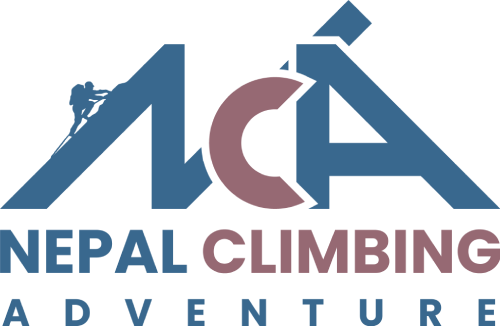
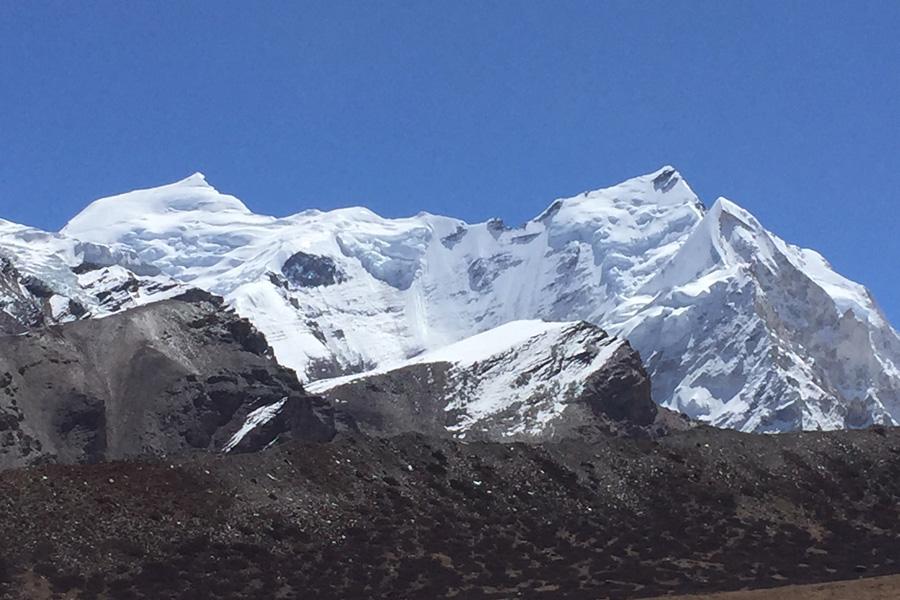
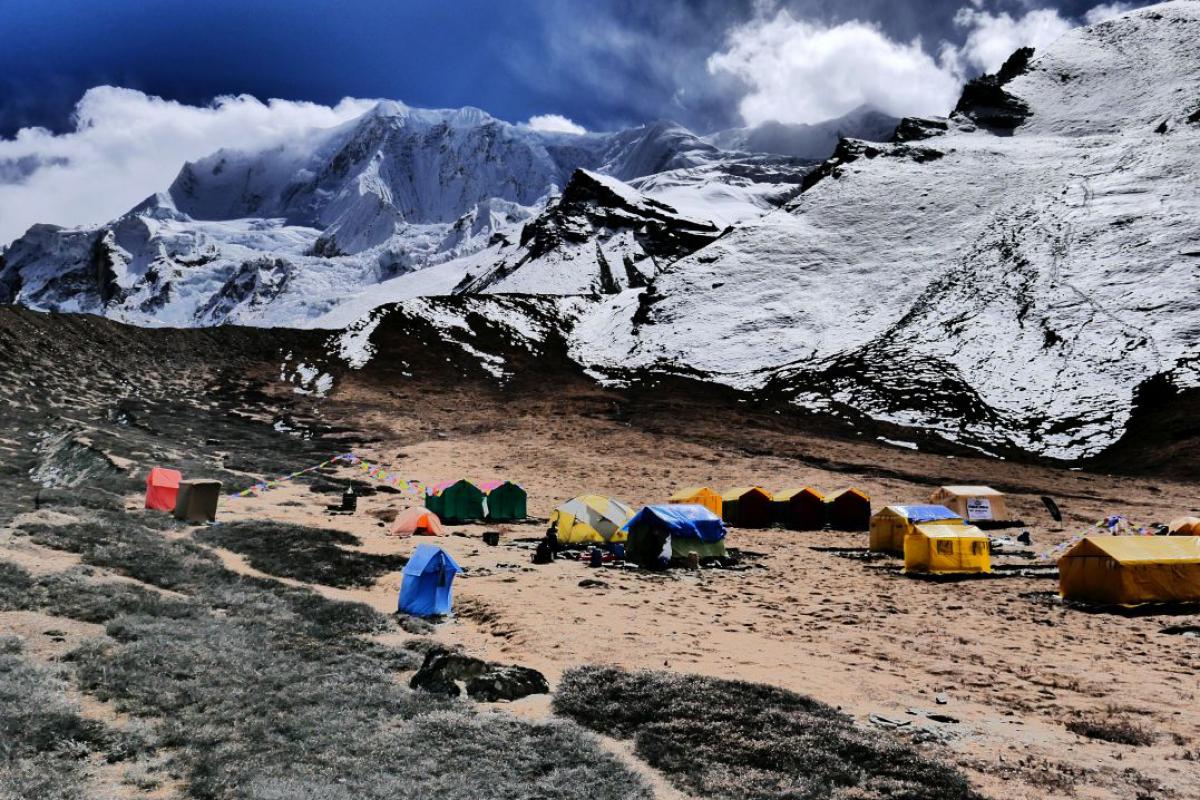
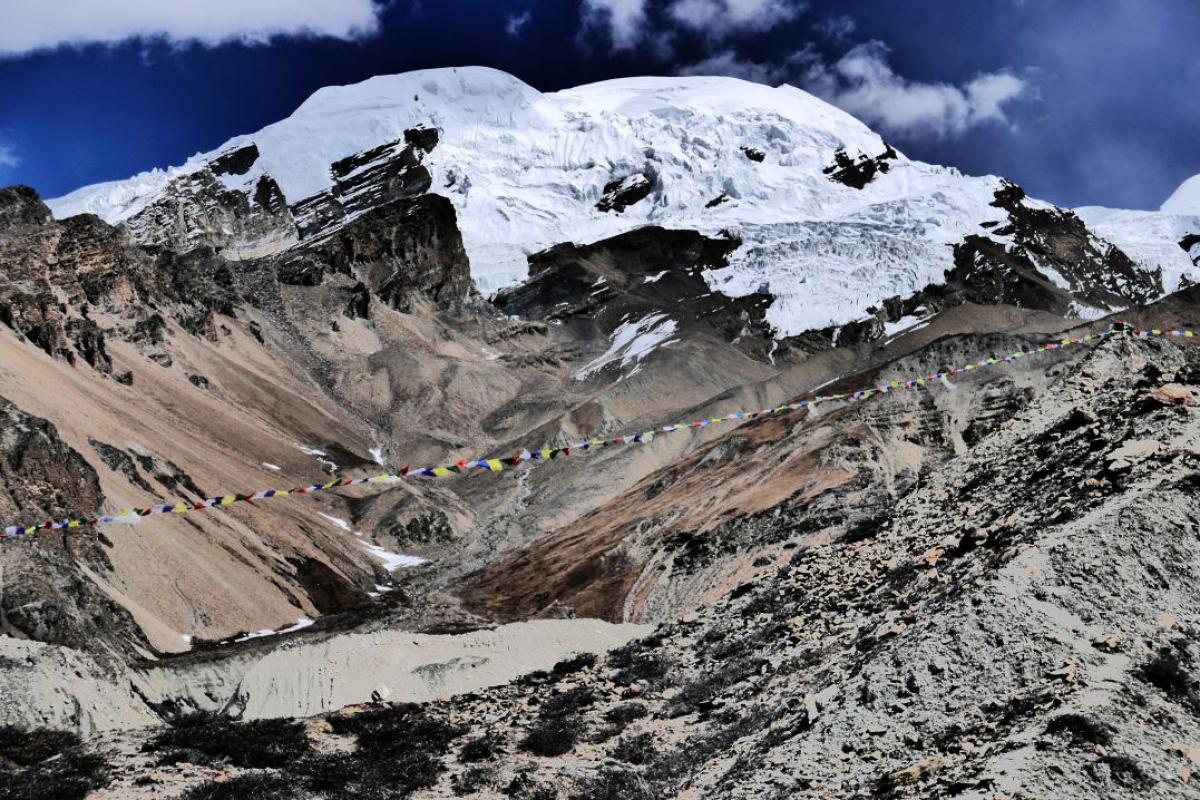
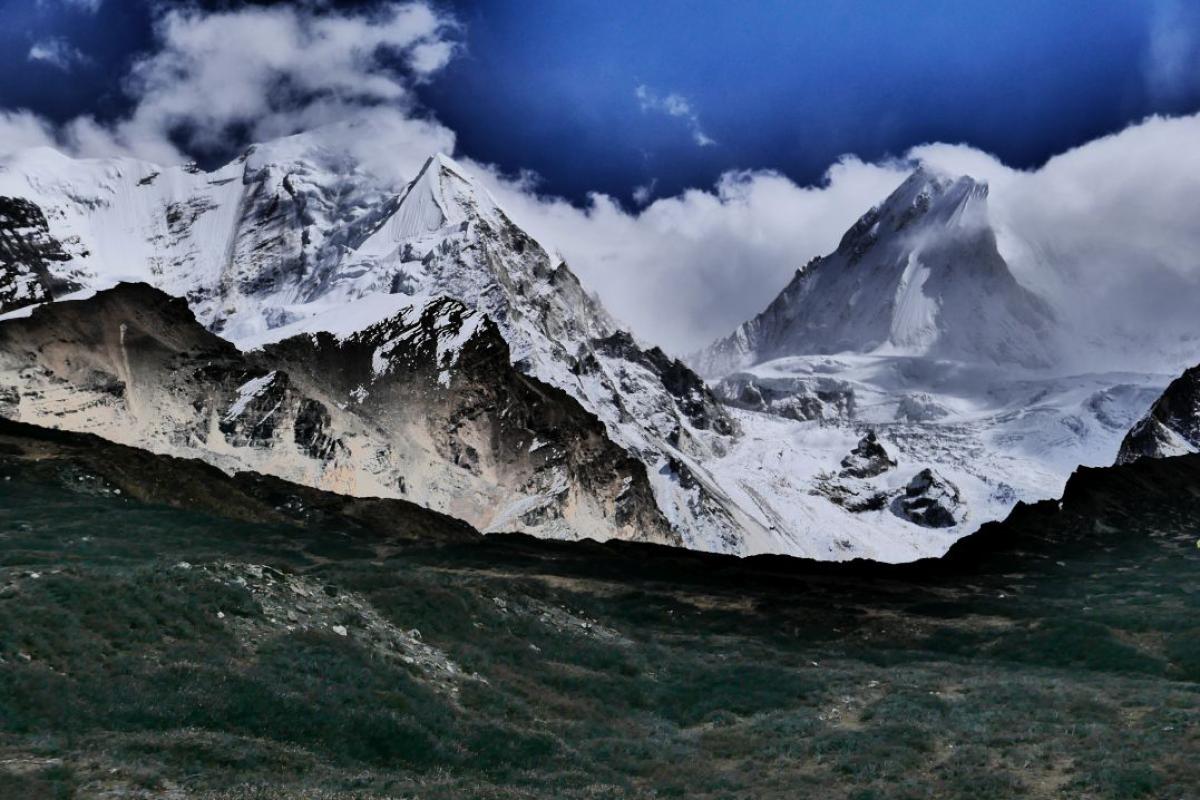
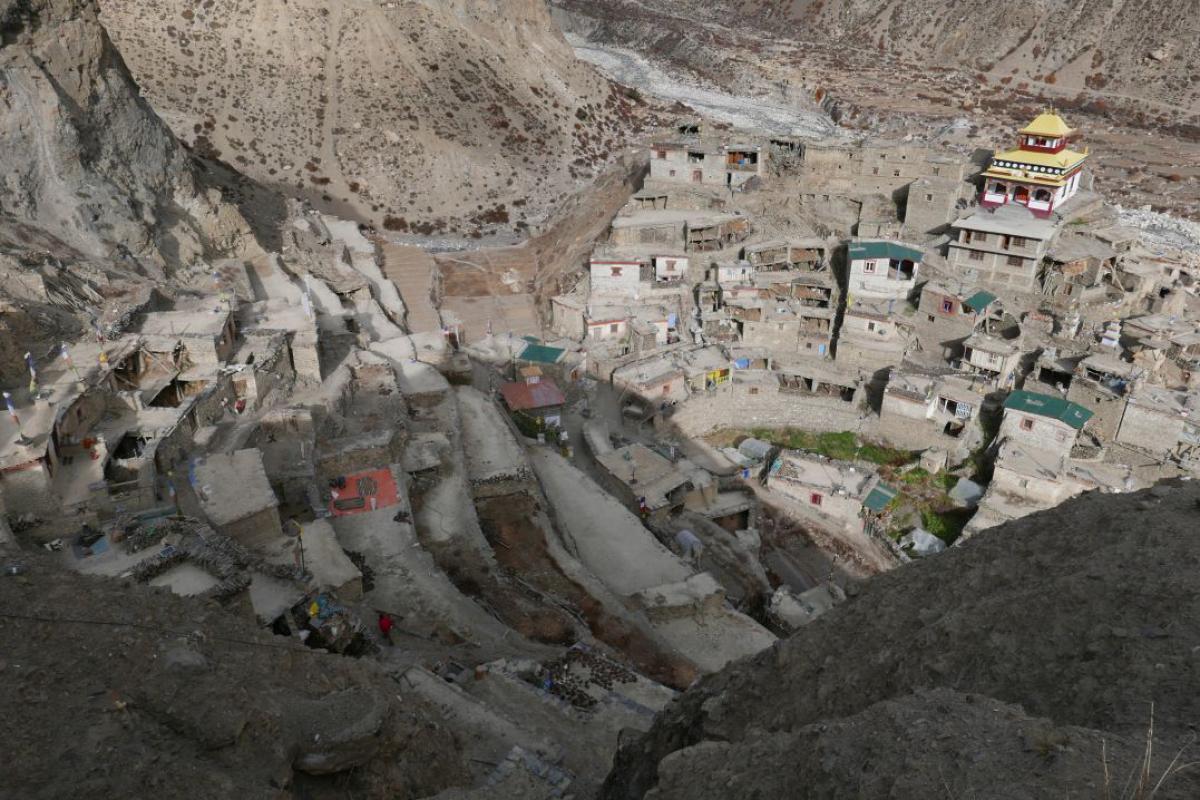
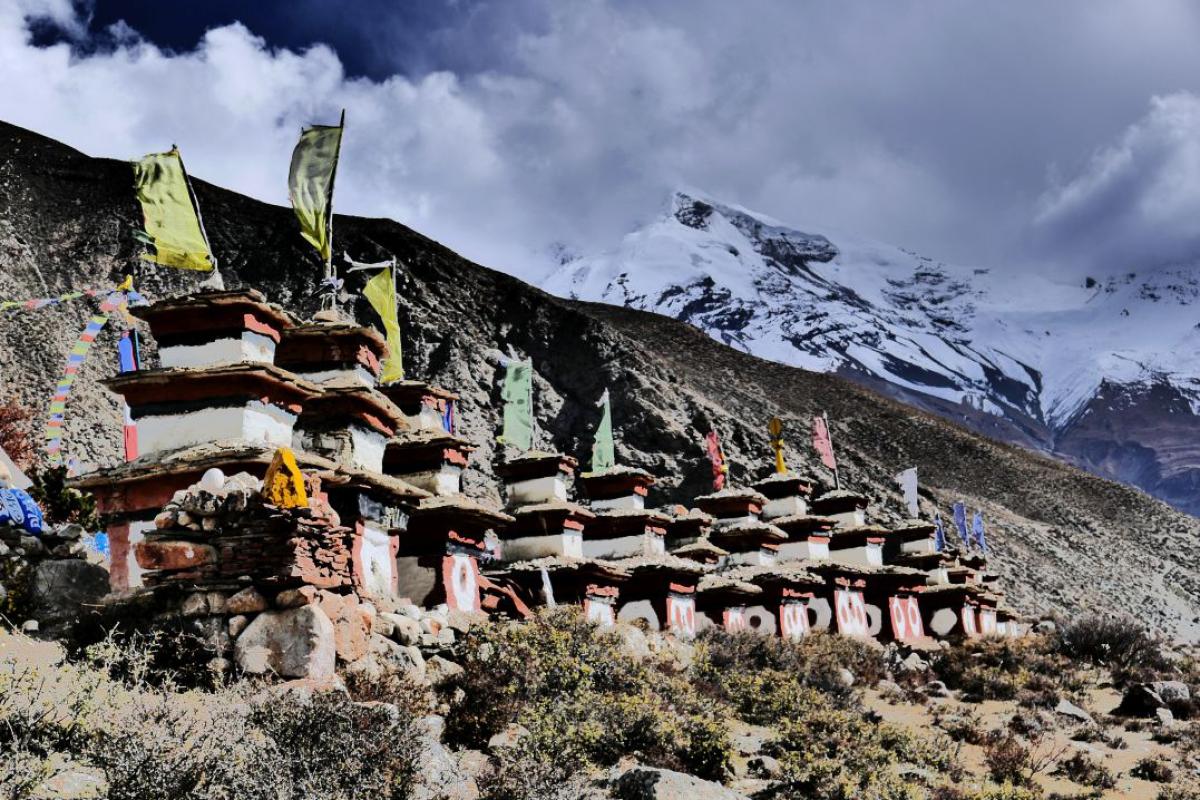
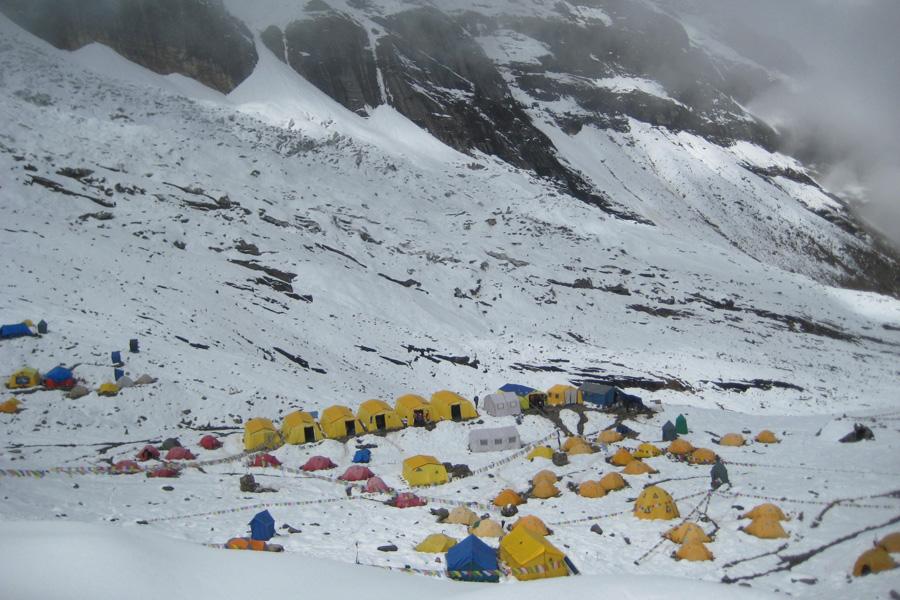
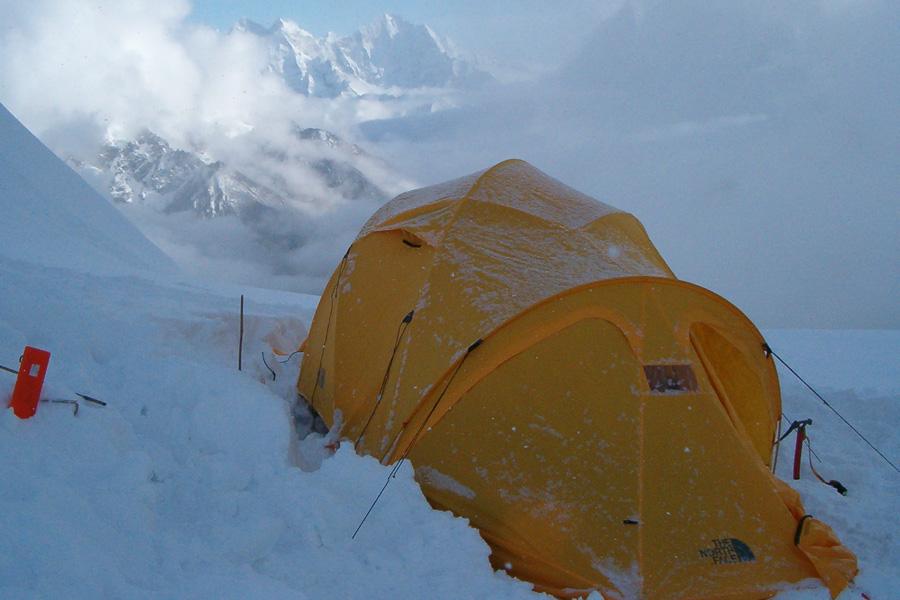
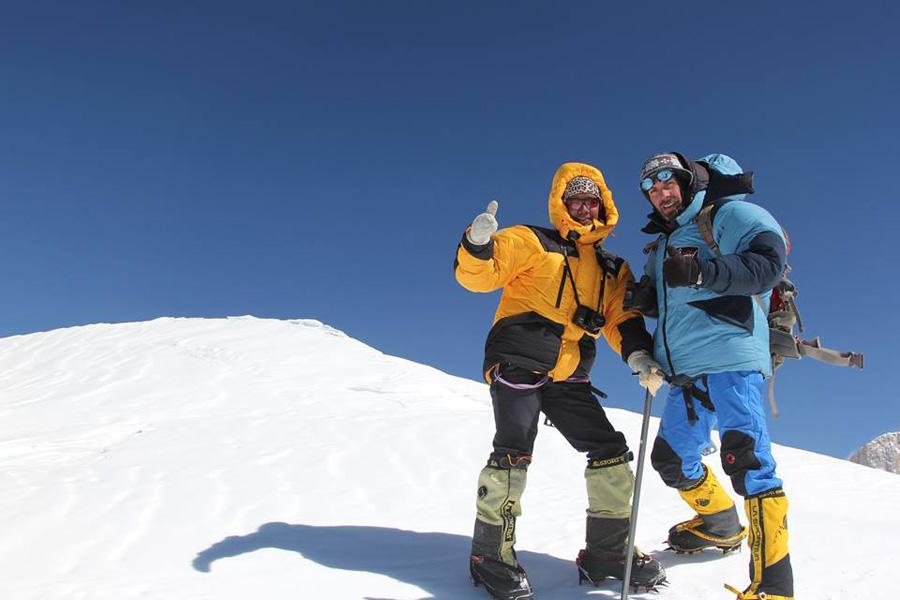
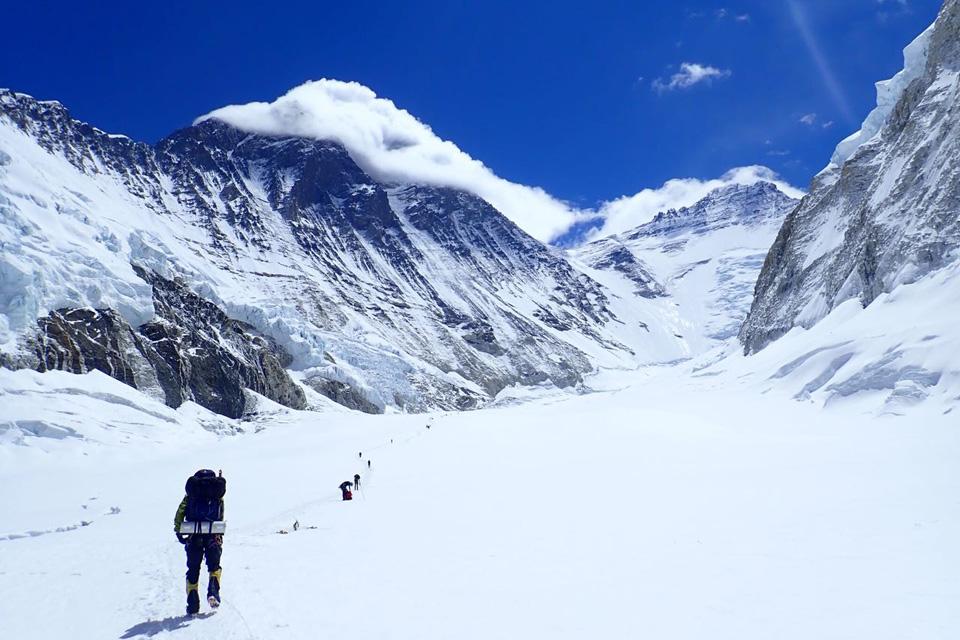
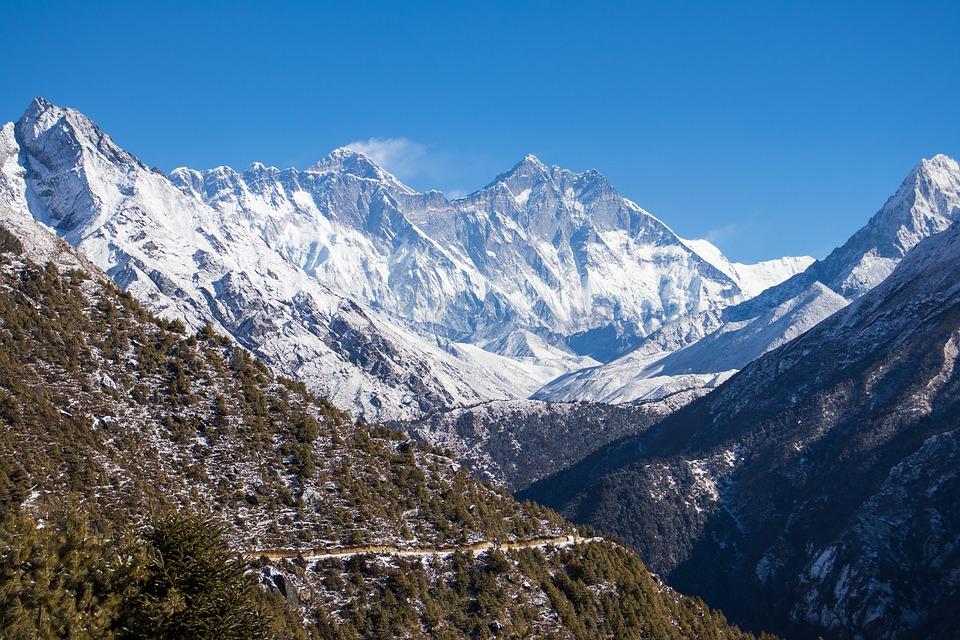
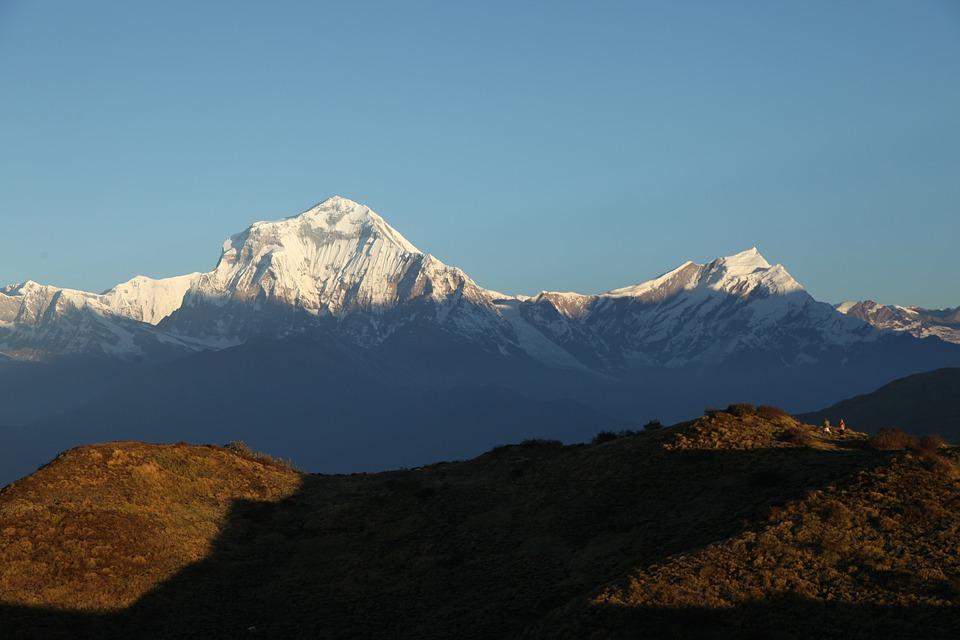
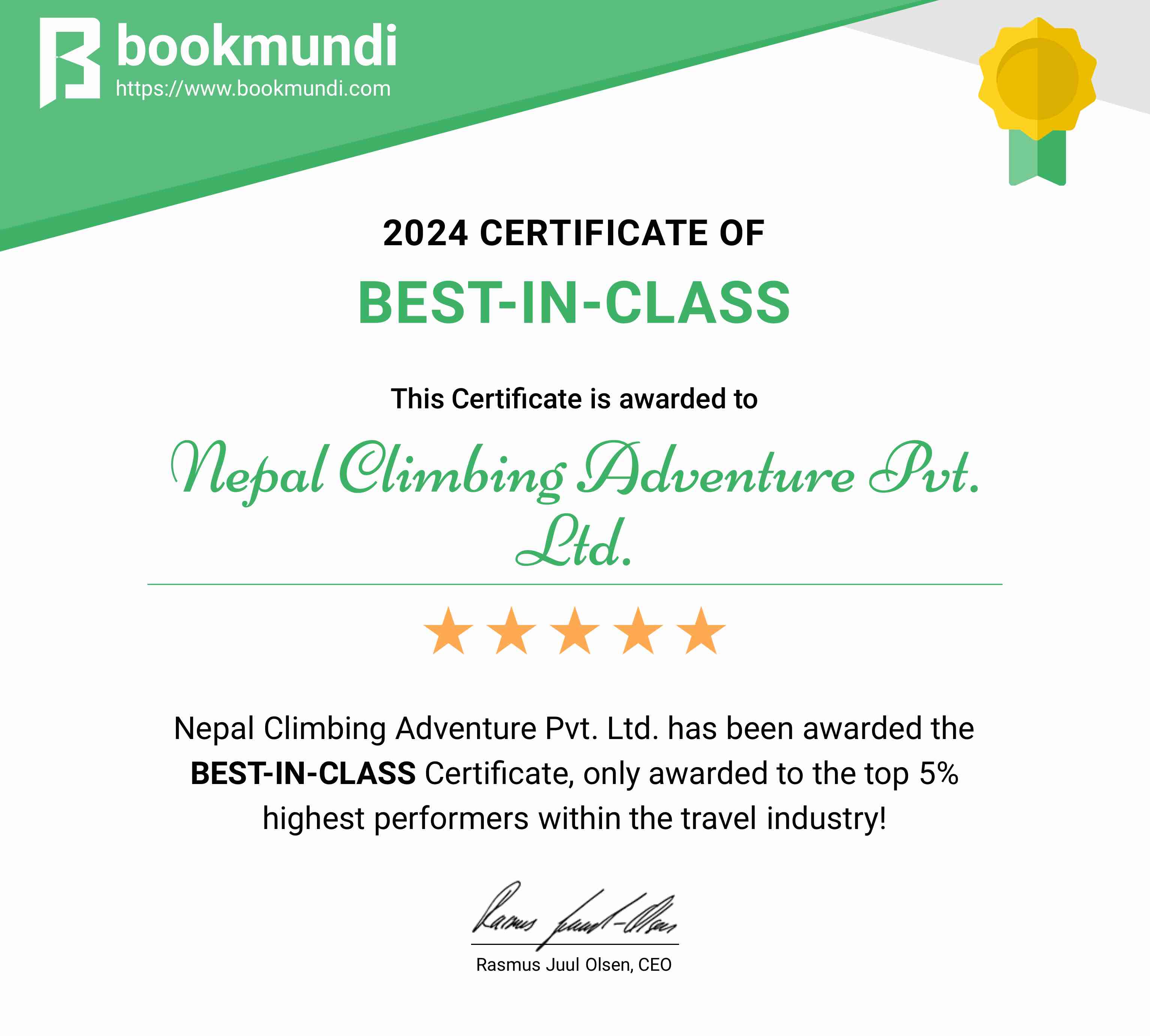

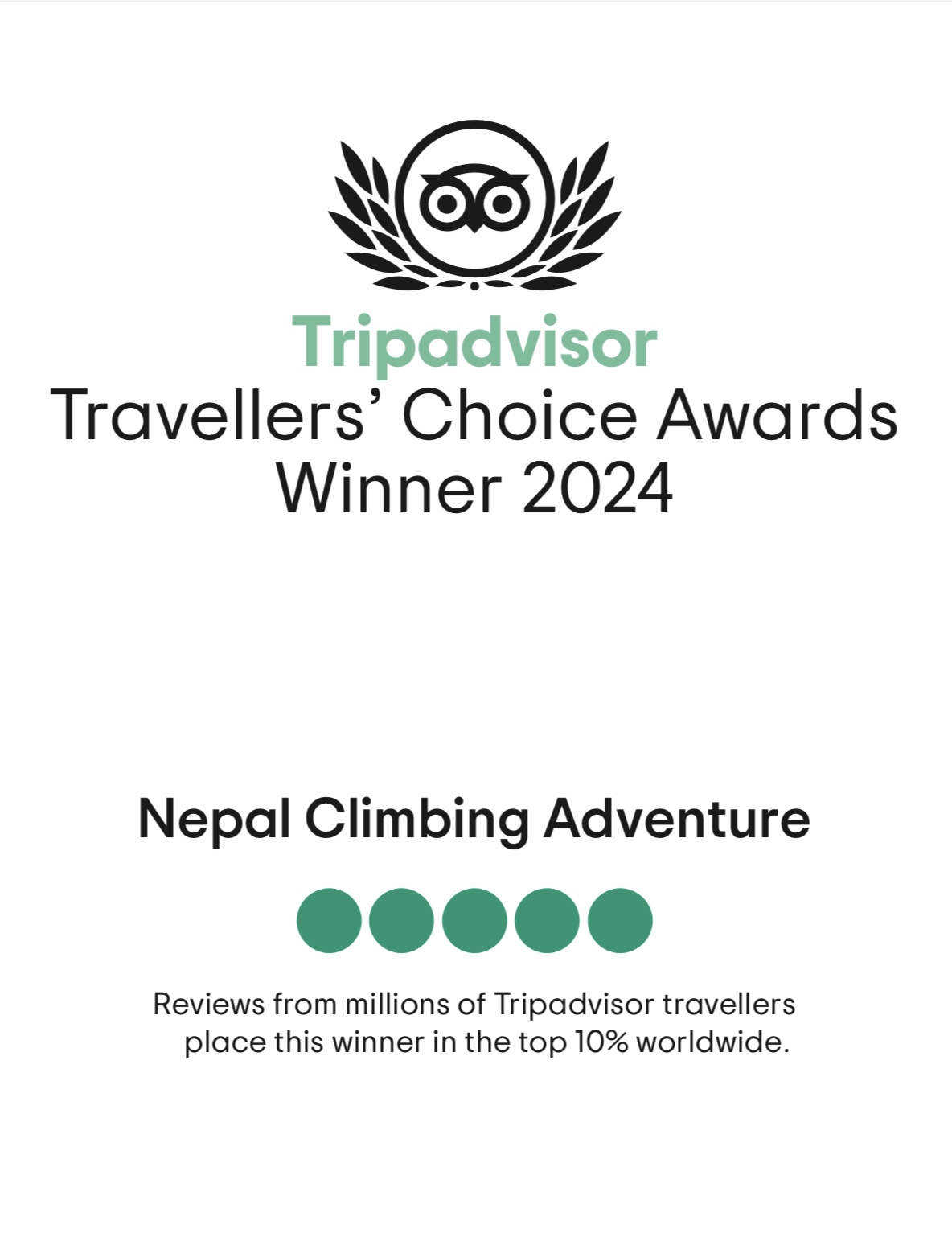
















 Chris Chhetri
Chris Chhetri